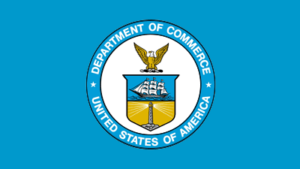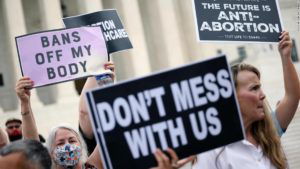
Florida Changes Rules to Allow Shorter Yellow Lights, Reaps Red Light Camera Revenue
Jun 20, 2013
Tampa, FL (Law Firm Newswire) June 19, 2013 – A change to Florida’s rules for traffic signals allowed cities and counties to shorten yellow lights, reaping millions of dollars in fines.
In a recent report, Noah Pransky of Tampa television station WTSP covered the 2011 rule change by the Florida Department of Transportation (FDOT), which reduced allowable minimum intervals for yellow lights below the federal government’s recommended minimums. State and local traffic engineers then worked together to shorten yellow lights at intersections with red light cameras, the report said.
“Transportation authorities need to find ways to reduce accidents and enforce traffic laws,” said Tampa auto accident lawyer Robert Joyce. “But I’m not sure shortening yellow lights is a great way to go about that. The yellow light is a buffer between intersecting traffic, so this rule change could actually be counterproductive in terms of its effect on safety.”
FDOT had a long-standing rule for calculating minimum yellow light intervals as a function of either the posted speed limit or the 85th percentile of the actual speed of traffic, whichever is greater. But in 2011, the three words “whichever is greater” were struck from the rule, allowing local governments to re-time their signals. Pransky’s report alleges that a number of communities shortened their yellow lights, and these changes “typically took place at [red light camera enforced] intersections.”
In an interview with WTSP, an FDOT representative pointed out that it receives no direct revenue from red light cameras and therefore had no financial incentive to implement the rule change. But just over half of citation revenue from red light camera intersections goes to various state funds, including the general revenue fund. Red light cameras generated over $100 million in revenue in 2012 for some 70 Florida communities.
Two reports from the Federal Highway Administration (FHA) said that cities should not use the posted speed limit in calculating yellow light intervals and instead use the 85th percentile speed. This reduces red light violations and severe crashes. The US Department of Transportation recommends adding an extra half-second to yellow lights at intersections with a lot of elderly drivers. But despite the greater Tampa Bay area containing five of the nation’s 12 oldest counties, it also has some unusually short yellow lights.
“If a traffic signal is programmed improperly and that contributes to an auto accident, that could be the basis for a lawsuit against the governmental body responsible for the signal,” added Joyce.
To learn more or to contact a Tampa personal injury attorney at the Joyce & Reyes Law Firm, P.A. visit http://www.joyceandreyespa.com/ or call 1.888.771.1529.
Joyce and Reyes Law Firm, P.A.
307 S Hyde Park Ave,
Tampa, FL 33606
Call: 813.251.2007
- Staff Shortages at Nursing Homes a Troubling Trend
A recent article in The Wall Street Journal highlights a troubling and growing problem in American health care: understaffed nursing homes. The cause of the problem does not appear to be mismanagement or excessive cost-cutting on the part of those who run nursing homes. Rather, jobs at nursing homes tend to be seen as undesirable. […] - Is Voice-to-Text While Driving Better than Manual Texting
Distracted driving is a contributing factor in thousands of auto accidents each year in the United States alone. Many states have already passed or are considering legislation to ban sending text messages while driving. But some smartphones allow the user to speak text messages aloud, which the phone then transcribes into a text message. Generally, […] - 400-Mile Bicycle Ride Highlights Florida Road Safety Tour
Road safety advocates rode their bicycles from Orlando to Tallahassee as part of the third annual Survive the Drive GEICO Road Safety Bicycle Tour. During the week-long event, participants brought their message of commitment to road safety to students and communities at Florida universities. Eighteen firefighters, police officers, and civilians participated in the strenuous 400-mile […]



